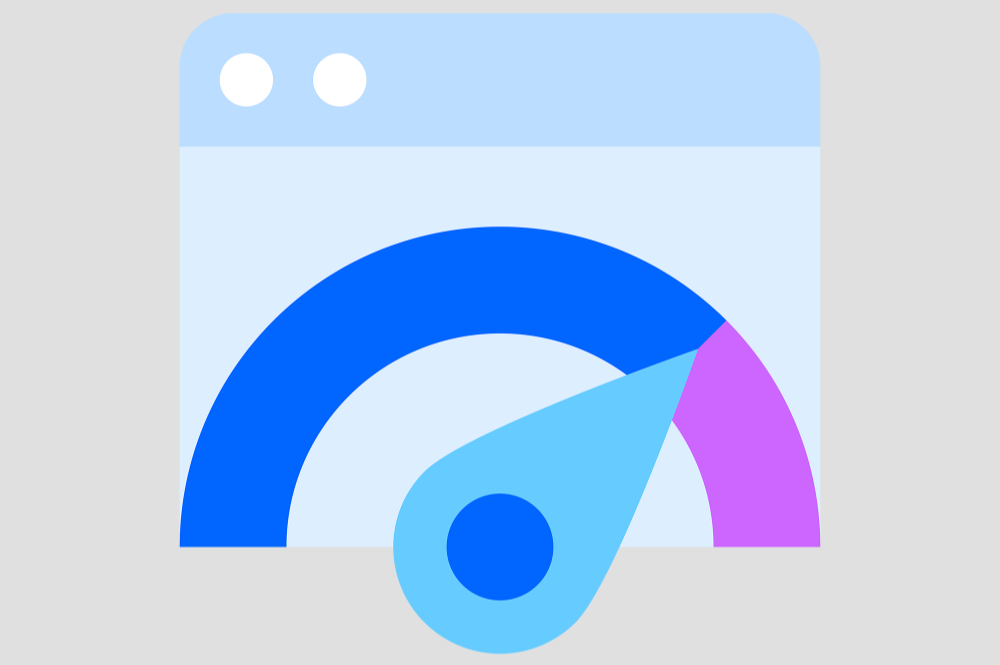Essential Strategies for Enhancing Your Website’s Efficiency
How do I improve website speed and performance? Enhancing your website’s speed and performance is crucial for user satisfaction and search engine ranking. A fast-loading site improves overall user experience and helps maintain high engagement levels, reducing bounce rates and boosting conversion rates. This comprehensive guide will explore practical strategies to accelerate your website’s loading time and optimise performance.
Understanding the Impact of Website Speed
Website speed, often called page load time or site speed, measures how quickly content on your website loads when a user accesses it. Fast website performance is essential as it directly influences user experience, SEO rankings, and conversion rates. Sites that load quickly retain visitors better and show improved user engagement metrics.
Analysing Your Current Website Speed
Before making any changes, assessing your current website’s performance is crucial. Tools like Google PageSpeed Insights, GTmetrix, and WebPageTest provide detailed insights into your site’s loading speed and user experience, identifying specific areas that need improvement.
Optimising Images for Faster Loading
Images often account for most downloaded bytes on a web page, significantly affecting page load time. Optimising images can drastically reduce their file size without losing quality. Techniques include:
- Compressing images to reduce file size.
- Modern formats like WebP provide better compression than PNG and JPEG.
- Implementing responsive images that adjust to screen sizes and resolutions.
Minimising HTTP Requests and Reducing File Size
Excessive HTTP requests can hamper your site’s speed. Minimising these requests by simplifying the design of your web pages is an effective strategy. Techniques include:
- Reducing the number of elements on your page.
- Combining multiple stylesheets into one.
- Streamlining scripts and placing them at the bottom of pages.
- Using CSS Sprites to combine multiple images into one, thus reducing the number of server requests.
Leveraging Browser Caching
Browser caching stores webpage resource files on a local computer when a user visits a webpage. This means that the browser doesn’t have to reload the entire page when the user returns to that page or visits other site pages. Setting expiration times on your cache can significantly impact your site’s load time for repeat visitors.
Enhancing Server Response Time
Your server response time is another critical aspect of your website’s performance. Factors affecting server response time include the traffic your site receives, the resources each page uses, the software your server uses, and the hosting solution you choose. Opting for performance-optimised web hosting solutions, such as dedicated or managed hosting, can improve server response time.
Using a Content Delivery Network (CDN)
A Content Delivery Network (CDN) is a globally linked server network. When your site is hosted on a CDN, copies of your site are stored at multiple geographically diverse data centres so that users have faster and more reliable access to your site. Implementing a CDN can decrease your website’s load time by storing website assets on servers closer to your users.
Improve Your Site’s Visibility and Effectiveness
Improving your website’s speed and performance involves a multifaceted approach focusing on optimising content, reducing unnecessary loads, enhancing server configuration, and employing advanced technologies like CDNs. By implementing these strategies, you enhance user experience and improve your site’s visibility and effectiveness, paving the way for higher engagement and conversion rates.


